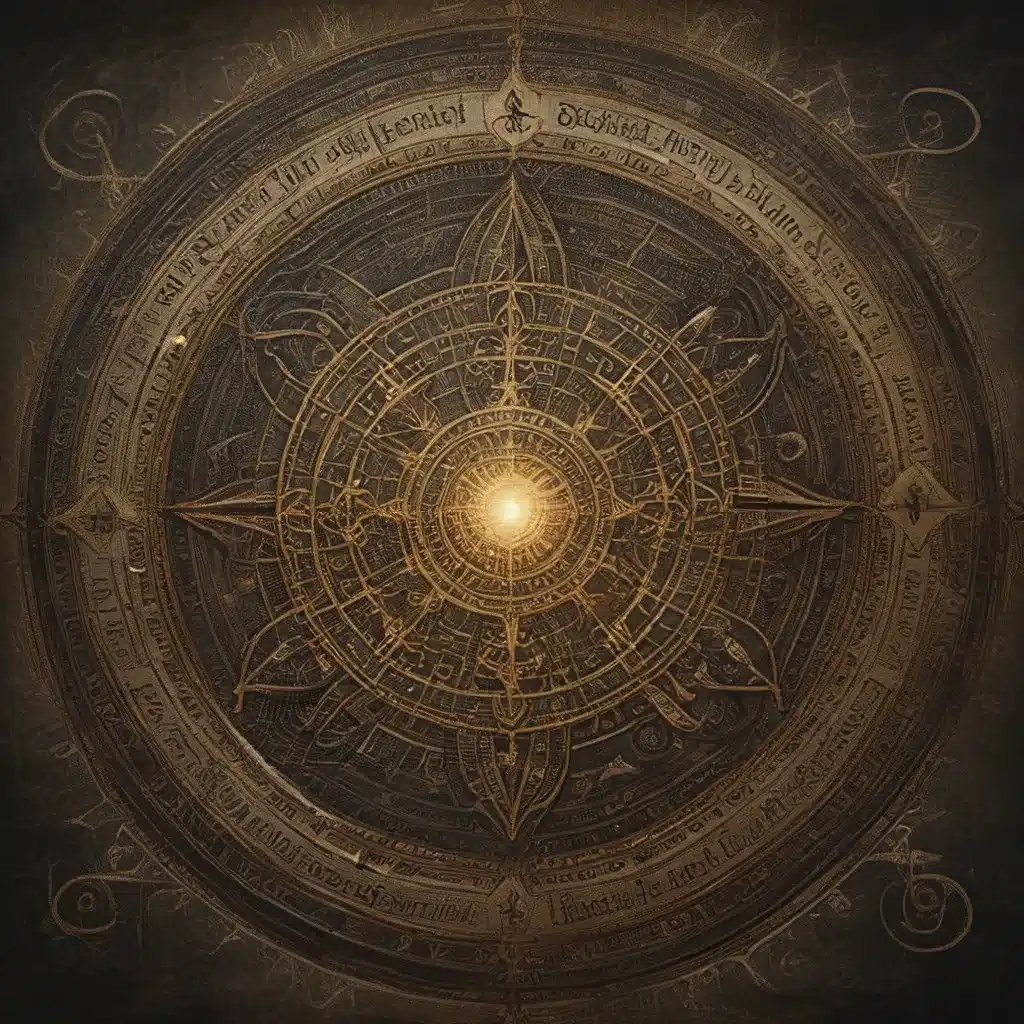
The Indus Valley Civilization, a testament to human ingenuity and sophistication, has long captivated the imagination of historians and archaeologists alike. Overshadowed by the grandeur of ancient civilizations such as Egypt, Mesopotamia, and China, this enigmatic cultural entity has patiently waited to be rediscovered, its silent testimony to a bygone era slowly unveiling the intricate tapestry of human history.
Uncovering the Forgotten Cities of Harappa and Mohenjo-daro
In the 1920s, as excavations began in the vast plains of the Indus River, archaeologists stumbled upon the remnants of two remarkable urban centers: Harappa and Mohenjo-daro. These cities, dating back to the third millennium BCE, showcased a level of urban planning and technological prowess that rivaled their contemporaries, leaving a lasting impression on the trajectory of human development.
Harappa, located in present-day Pakistan, emerged as a beacon of urban planning, with its strategically laid-out grid system, well-defined streets, sophisticated drainage system, and multi-story buildings. The meticulous city planning suggested a high degree of central authority and civic organization, an unprecedented feat in the ancient world. Mohenjo-daro, on the other hand, revealed an equally impressive urban design, with its complex cityscape featuring residential areas, public baths, granaries, and a large central citadel. The Great Bath, a prominent structure in Mohenjo-daro, hinted at communal bathing rituals or possibly religious ceremonies, providing insights into the cultural and social practices of its inhabitants.
Deciphering the Enigmatic Script of the Indus Valley Civilization
One of the enduring mysteries surrounding the Indus Valley Civilization is the enigmatic script found on various artifacts. Despite numerous attempts by linguists and archaeologists, this script remains undeciphered, adding an air of intrigue to the civilization’s legacy. The lack of decipherment hampers our understanding of the civilization’s language, governance, and cultural nuances. However, ongoing research and technological advancements offer hope for unraveling this linguistic puzzle, potentially unlocking a wealth of information about this forgotten civilization.
The Indus Valley Civilization: A Hub of Economic and Cultural Exchange
The Indus Valley Civilization was a hub of economic activity, engaging in extensive trade both within its boundaries and with distant regions. Archaeological findings suggest a network of trade routes connecting the civilization with Mesopotamia, Afghanistan, and the Persian Gulf. The seals discovered in various sites feature intricate engravings of animals, possibly serving as symbols of trade or cultural significance. This trade network not only enriched the civilization economically but also fostered cultural exchanges, contributing to its cosmopolitan character.
The artifacts unearthed from Harappa and Mohenjo-daro bear testimony to the technological prowess of the Indus Valley people. Advanced pottery techniques, intricate metalwork, and distinctive jewelry reflected a society well-versed in craftsmanship. The copper and bronze artifacts, including tools and figurines, indicated a high level of metallurgical knowledge. Such technological advancements not only facilitated daily life but also elevated the Indus Valley Civilization to a position of prominence in the ancient world.
Unveiling the Spiritual and Religious Practices of the Indus Valley Civilization
While the Indus Valley script remains indecipherable, the artifacts and structures offer glimpses into the religious and spiritual practices of the civilization. The presence of figurines, often interpreted as deities or spiritual beings, suggests a complex belief system. The discovery of the Pashupati Seal, depicting a horned figure in a yogic posture, raises questions about the existence of early forms of Hinduism. The religious landscape of the Indus Valley Civilization remains a subject of ongoing exploration and speculation, with researchers delving deeper into the symbolic significance of the discovered artifacts.
The Decline and Legacy of the Indus Valley Civilization
Despite its remarkable achievements, the Indus Valley Civilization faced a decline around 1900 BCE. The reasons behind this decline remain speculative, with theories ranging from environmental changes to natural disasters or external invasions. The once-thriving cities of Harappa and Mohenjo-daro were gradually abandoned, leaving behind a rich but silent testimony to a bygone era. Yet, the legacy of the Indus Valley Civilization endured, influencing the cultural and social fabric of subsequent societies in the Indian subcontinent.
In the shadow of more well-known ancient civilizations, the Indus Valley Civilization waited patiently to be rediscovered. The cities of Harappa and Mohenjo-daro, with their advanced urban planning, technological achievements, and cultural nuances, paint a vivid picture of a sophisticated society. As archaeologists continue to unearth the remnants of this forgotten civilization, the puzzle pieces of history gradually fall into place, offering a glimpse into the lives and aspirations of a people who thrived along the banks of the mighty Indus River.
The forgotten cities of Harappa and Mohenjo-Daro beckon us to unravel their mysteries, inviting us to connect with a past that holds the keys to understanding our shared human heritage. By delving deeper into the Indus Valley Civilization and unlocking the secrets hidden within its artifacts and inscriptions, we can gain a greater appreciation for the ingenuity and cultural diversity of our ancestors, ultimately enriching our understanding of the human experience.
The Lost Kingdoms is dedicated to exploring the mysteries of ancient civilizations, such as the Indus Valley Civilization, and uncovering the stories that have long been forgotten. Through in-depth analysis, cutting-edge research, and captivating storytelling, we aim to bring these lost worlds to life, inspiring a deeper connection to our shared past.


